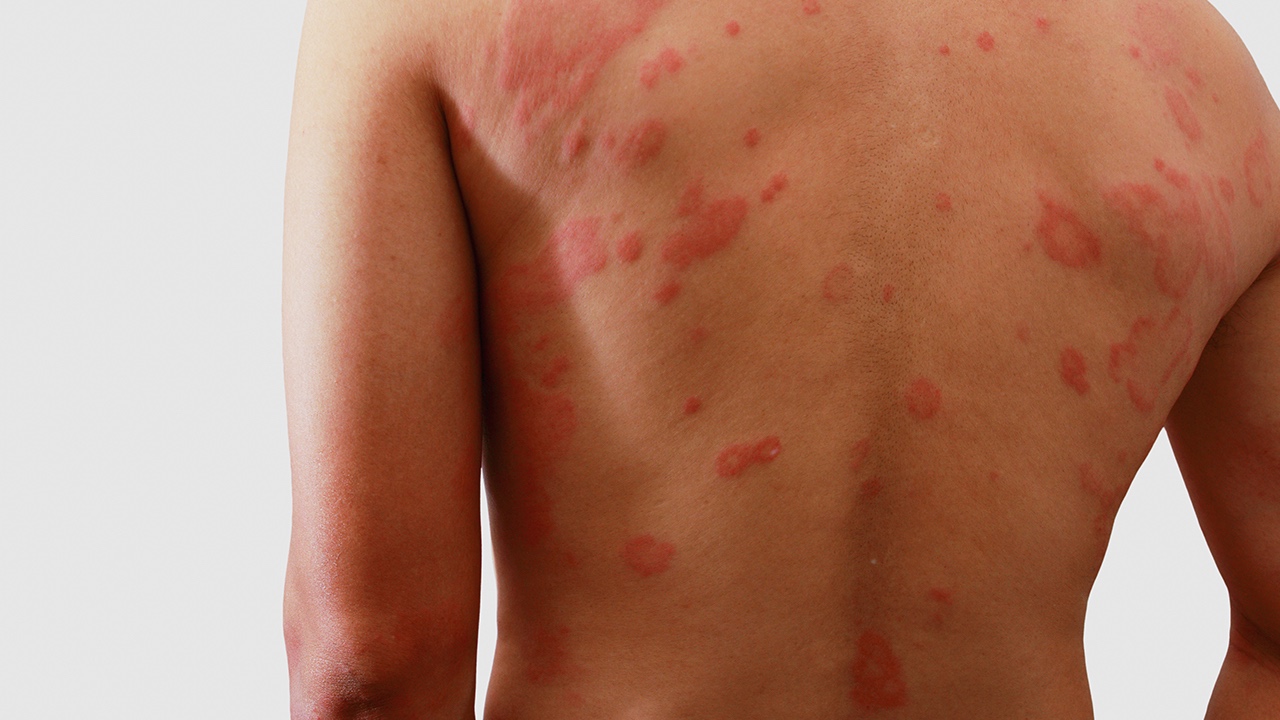Gonorrhea is a purulent infection of the genitourinary system caused by Neisseria gonorrhoeae, characterized by the discharge of purulent secretions. It is primarily transmitted through sexual intercourse and is most prevalent among young adults, making it the most common sexually transmitted disease in China. Initial infections often occur in the urethra, leading to gonococcal urethritis. If the condition progresses, it can damage the reproductive system and other organs, potentially causing chronic inflammation of the genitourinary system, infertility, or sterility.

Early symptoms of gonorrhea include:
1. Discharge from the urethra: If there is a thick, yellow, pus-like discharge, especially abundant in the morning, it may indicate acute gonorrhea. A clear, sticky discharge in small amounts might suggest non-gonococcal urethritis.
2. Itching in the urethra: In men, this symptom often points to early-stage non-gonococcal or gonococcal urethritis.
3. Frequent urination, urgency, pain, and redness at the urethral opening in men: These symptoms, accompanied by nocturnal painful erections, often indicate acute gonococcal urethritis.
4. Genital warts: Multiple, infiltrative, grayish-white, flat, raised papules or nodules in the genital or perianal area that are moist and prone to ulceration, with a foul odor, may indicate flat condyloma (syphilis). Reddish or gray-brown, cauliflower-like or cockscomb-like warts with a stalk that easily bleed may suggest condyloma acuminatum. Small, hemispherical papules with a central dimple and a waxy sheen in the genital or perianal area, from which cheesy material can be expressed when punctured, may point to molluscum contagiosum.
5. Genital ulcers: Round, cartilage-like, painless, single ulcers may indicate a chancre (syphilis). Soft, serrated-edged, shallow, painful, multiple ulcers with pus may suggest chancroid. Ulcers evolved from clustered blisters that are soft and painful may indicate genital herpes.
Scientific dietary recommendations for gonorrhea patients
Gonorrhea is a sexually transmitted disease, so patients must maintain sexual hygiene and seek professional treatment. Even those without gonorrhea should practice good sexual hygiene. In addition to medical treatment, what dietary considerations should gonorrhea patients follow?
1. Gonorrhea diet recipes
- Huashi Porridge: From Shouqin Yanglao Xinshu. Ingredients: 30g Huashi, 10g Qu mai, 30–60g japonica rice. Method: Wrap Huashi in cloth, boil with Qu mai, strain, add rice to make porridge. Take on an empty stomach. Suitable for gonorrhea with damp-heat syndrome.
- Dongkuai Soup: From Yaoxing Lun. Ingredients: 200g Dongkuai leaves. Method: Boil into soup. Suitable for gonorrhea with damp-heat syndrome.
- Shiwei Decoction: From Guizhou Herbal Medicine. Ingredients: 15g Shiwei, 15g Lianxiancao, 15g Zhuzongcao. Method: Boil and drink as tea. Suitable for all types of gonorrhea.
- Kuigen Drink: From Sheng Hui Fang. Ingredients: 30g Dongkuai root, 15g Cheqianzi. Method: Boil and drink as tea. Suitable for all types of gonorrhea.
- Lotus Seed Decoction: 60g lotus seeds (without core), 10g raw licorice, boiled until lotus seeds are tender, add rock sugar. Eat lotus seeds and drink the soup.
- Dahuang Egg: 3g Dahuang powder, 1 egg. Make a small hole in the egg, insert the powder, seal with wet paper, and steam. Take once daily.
- Radish Honey: 1500g radish, peeled and sliced, soaked in honey for 10 minutes, baked dry, repeated three times. Chew a few slices with saltwater, 4–5 times daily.
2. Foods beneficial for gonorrhea
- Light diet: During acute episodes, eat porridge, noodles, silver ear soup, mung bean soup, and fruits/vegetables that clear heat and detoxify.
- Protein and vitamin-rich foods: After stabilization, consume cake, dumplings, milk, soy milk, eggs, lean pork, shrimp, fresh vegetables, and fruits. Eat small, frequent meals and drink plenty of water to aid toxin excretion.
3. Foods to avoid in gonorrhea
- Spicy and stimulating foods: chili, pepper, ginger, scallions, mustard, alcohol, strong tea.
- Avoid hot, inflammatory foods: leeks, pickled vegetables, snow cabbage, cilantro, lamb.
























